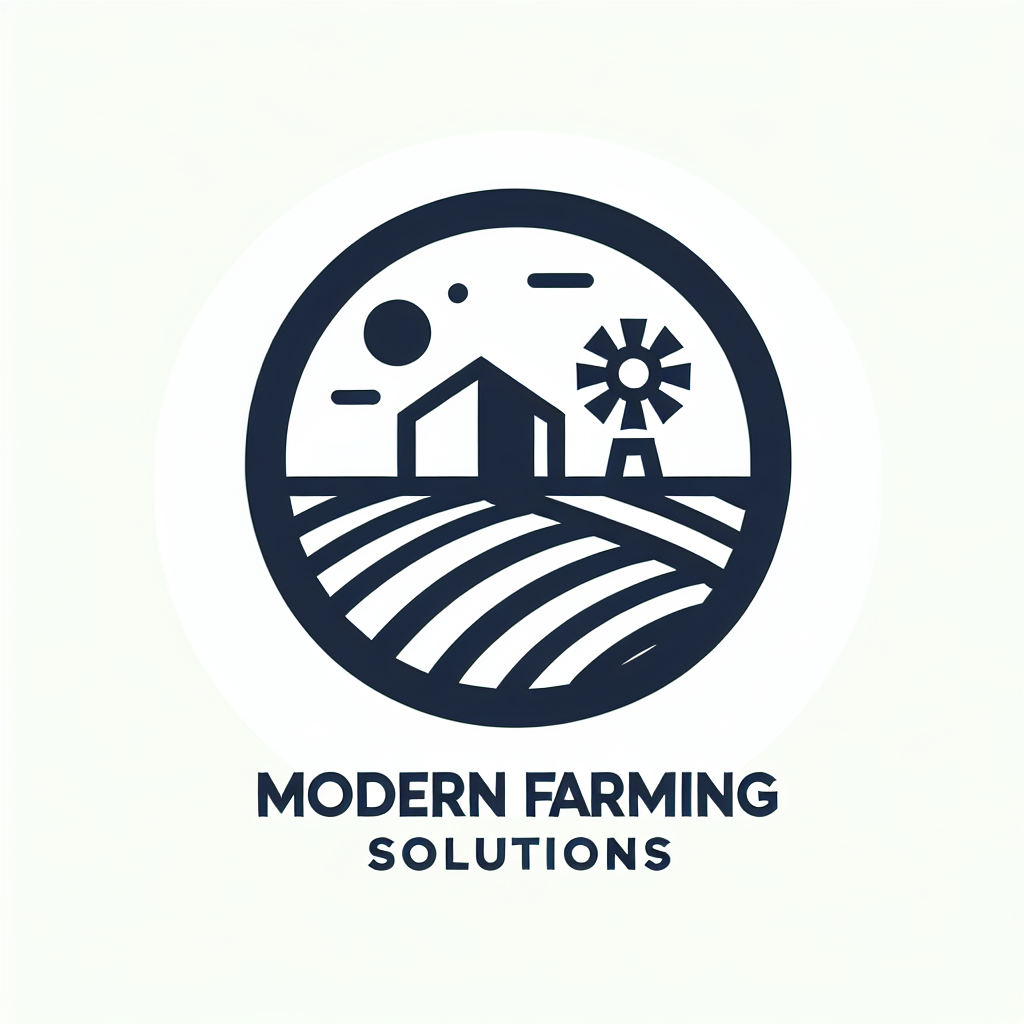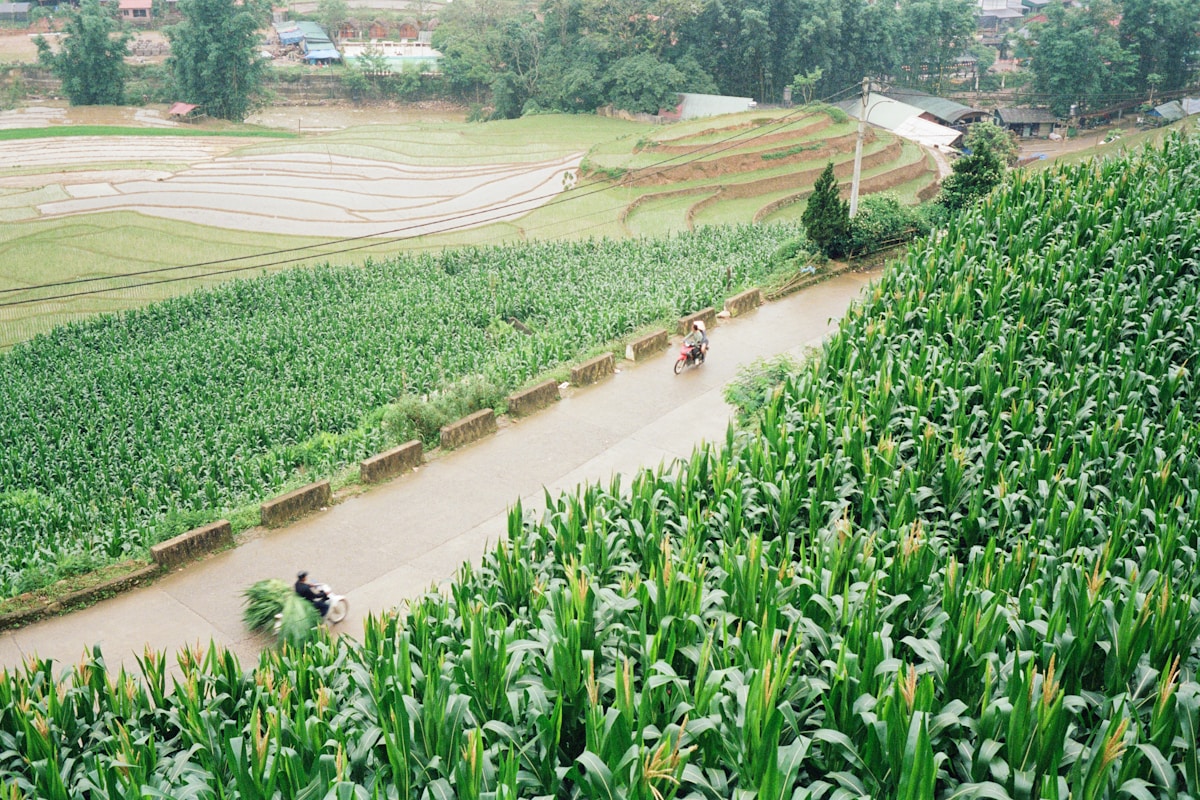Introduction to Vertical Farming
As the global population continues to rise, the demand for sustainable food production is more pressing than ever. Vertical farming emerges as a revolutionary solution that maximizes space and resources, particularly in urban settings. This innovative agricultural method not only addresses food scarcity but also promotes environmental sustainability.
What is Vertical Farming?
Vertical farming is the practice of growing crops in vertically stacked layers or integrated into other structures such as buildings or shipping containers. This method utilizes controlled-environment agriculture (CEA) technology to optimize plant growth. Key features of vertical farming include:
- Use of hydroponics, aeroponics, or aquaponics
- Artificial lighting to simulate natural sunlight
- Climate control systems to regulate temperature and humidity
The Technology Behind Vertical Farming
Vertical farms leverage advanced technologies to create optimal growing conditions. Some of the most significant technologies include:
- Hydroponics: Growing plants in nutrient-rich water without soil.
- Aeroponics: Misting the roots of plants with nutrient solutions for maximum oxygen exposure.
- LED Lighting: Energy-efficient lights that provide the specific wavelengths needed for photosynthesis.
- Automation: Robotics and sensors that monitor plant health and optimize resource use.
Benefits of Vertical Farming
Vertical farming offers numerous benefits that make it an attractive option for sustainable agriculture:
1. Maximizing Space
Urban areas often face space constraints, making traditional farming challenging. Vertical farming addresses this issue by:
- Utilizing multi-story buildings or repurposed warehouses
- Reducing the footprint required for crop production
- Enabling farming in densely populated areas, bringing food production closer to consumers
2. Resource Efficiency
Vertical farming significantly reduces resource consumption compared to traditional farming methods:
- Water Use: Uses up to 90% less water due to closed-loop systems.
- Fertilizer Use: Nutrient solutions are delivered directly to plants, minimizing waste.
- Energy Use: Although energy-intensive, the use of renewable energy sources can mitigate environmental impact.
3. Year-Round Crop Production
With controlled environments, vertical farms can produce crops year-round, regardless of external weather conditions. This leads to:
- Consistent food supply
- Reduced reliance on seasonal crops
- Increased availability of fresh produce in urban areas
Challenges Facing Vertical Farming
Despite its many advantages, vertical farming also faces several challenges:
1. High Initial Costs
The setup costs for vertical farms can be substantial due to:
- Advanced technology and equipment
- Infrastructure modifications
- Operational expenses for energy and maintenance
2. Energy Consumption
While vertical farming uses resources efficiently, the energy required for artificial lighting and climate control can be significant. Solutions include:
- Investing in renewable energy sources
- Improving energy efficiency through smart technologies
3. Limited Crop Variety
Not all crops are suited for vertical farming. Currently, leafy greens and herbs dominate the market, while:
- Root vegetables and grains present more challenges
- Research and innovation are needed to expand crop variety
The Future of Vertical Farming
As technology advances and urban populations grow, the future of vertical farming looks promising. Key trends to watch include:
- Integration with Smart Cities: Vertical farms can be integrated into urban infrastructure, creating a more sustainable food ecosystem.
- Collaboration with Local Governments: Policies supporting urban agriculture can foster growth in vertical farming.
- Increased Investment: As awareness and demand for sustainable food sources grow, so will investments in vertical farming startups.
Conclusion
Vertical farming represents a significant evolution in agricultural practices, offering a sustainable solution to the challenges posed by urbanization and population growth. By maximizing space and resources, vertical farms can help meet the rising food demands of the future while promoting environmental stewardship. As technology continues to advance, the potential for vertical farming to revolutionize food production is immense, paving the way for a more sustainable and resilient agricultural landscape.

